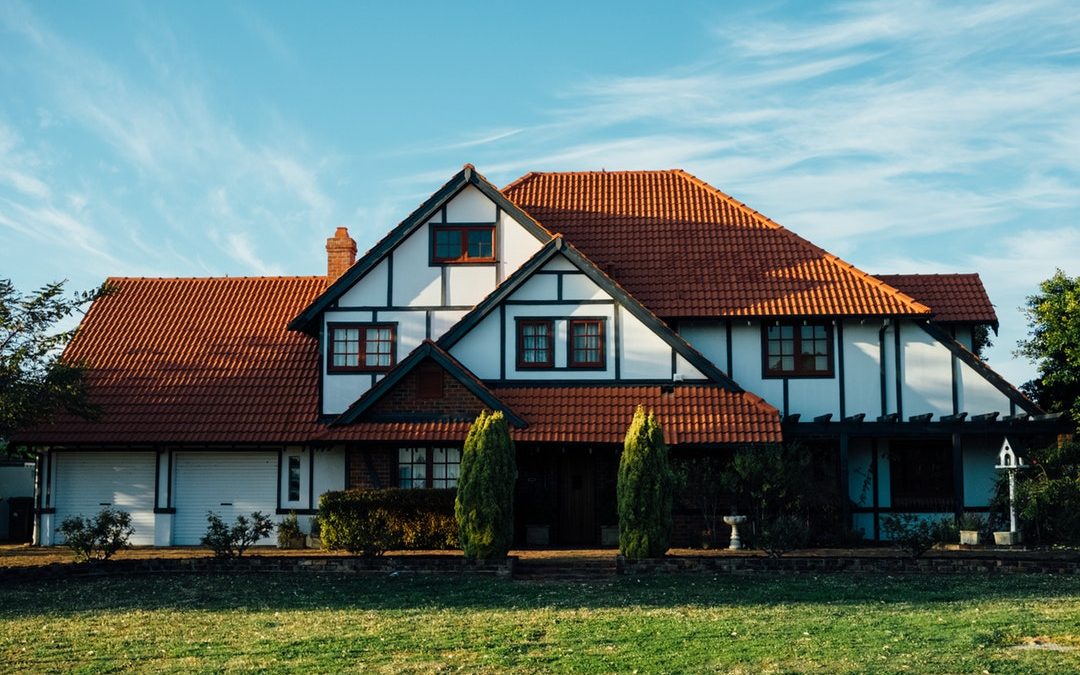So, you’re looking to buy a home. The good news is that you’re going to enjoy the many benefits that homeownership has to offer!
The bad news is that buying a home also involves jumping through plenty of hoops.
One aspect that many buyers tend to dread is organizing a home inspection. The main conflict here stems from the fact that buyers often aren’t educated about what a home inspection actually involves.
Does it only test structural integrity? What about electrical systems? This level of uncertainty can give those looking to purchase home plenty of anxiety.
Luckily, the answer is pretty straightforward.
Not sure where to start? Don’t worry, we got you covered.
Let’s take a look at everything you need to know about what’s included in a home inspection.
So, Why Do You Need an Inspection?
When you’re looking to buy a home, you need to make sure the property you’re purchasing doesn’t have any outstanding issues that need attention.
Unfortunately, since there dishonest sellers out there in the world who will downplay (or even cover up) a home’s problems, you’ll need to hire a professional home inspector to take a look.
Foregoing this responsibility is essentially rolling the dice on your potential home in hopes there’s nothing wrong with it.
When looking at the seller’s property, a professional inspector will look at the following areas.
1. Insulation Issues
When a professional home inspector inspects a property, they’re going to take a look at everything that could cause potential complications in the future.
While checking the quality of the insulation may not be an immediate thought for the buyer, a competent inspector will make it one of his primary orders of business.
Common issues that can arise (especially in attic insulation) include:
- Torn or missing insulation
- Improperly installed insulation (this can result in high energy bills)
- Pests such as raccoons, insects, and rats living in the material
Unless the damage is obvious to the naked eye, most buyers (and even sellers) may not know there is an underlying problem.
2. Roofing Problems
A roof is one of the house components that need to be in perfect shape before you buy.
You can get away with purchasing a home that has creaky floorboards, but you’re in for an unpleasant surprise if you have a low-quality roof over your head.
Your inspector will see if there are any loose shingles, leaks, or other structural damage to make sure your roof is in top-tier condition.
They’ll also alert you of any superficial damage so that you can keep it in mind when negotiating the price.
3. The Pipes
Plumbing is complicated. That’s why we hire professionals to handle plumbing issues. But, plumbing is complex enough that we need also need to hire professionals to see if there are any problems with a home’s pipes.
The biggest thing inspectors will look out for is leaks, as these come with a whole slew of issues. Mold and rot can develop from unchecked leaks, and this problem is amplified if the leaky pipes are in the floor or ceiling.
Over time, rotting wood can cause costly damage to the structure of your home and create a dangerous environment for you and your family. And, water damage is one of the worst scenarios you could deal with.
Luckily, catching these leaks early (which a good inspector should be able to do) will let you put a stop to these issues before they get out of hand.
4. Structural Defects
As previously mentioned, damage to the structure of your home is one of the last things you want to hear about due to the danger it presents. Other than leaky pipes, there are other issues that could arise with your future home’s stability.
Inconsistencies in walls, floors, and ceilings are all telltale signs that something’s wrong behind the scenes.
For example, if the cabinets in the kitchen are separating from the walls, there’s a chance that there is damage to the home’s foundation. This damage could be causing the walls to become uneven, which could develop into further issues over time.
In this particular scenario, walls that are gradually shifting could result in the collapse of an entire segment of the house. So, it’s best to have it checked before you buy!
5. Electrical Wiring
This is another big factor to consider, as faulty wiring can result in electrical fires that can destroy the entire property.
With older properties, it’s not uncommon for wiring to need some work. Past methods combined with wear and tear may leave the wiring in bad condition.
But, things can also get a bit complicated in some scenarios.
If a home had an additional room or rooms added on, you can’t assume that they had a master electrician complete all the wiring.
In fact, you should assume the opposite. Many people look to cut costs during renovations and hire a less-qualified worker whose craftsmanship may not be stellar.
Your inspector will be able to recognize and inform you of any wiring issues or inconsistencies. They’ll also let you know if anything needs to be rewired by a more qualified professional.
Understanding What’s Included in a Home Inspection Can Seem Difficult
But it doesn’t have to be.
With the above information about what’s included in a home inspection in mind, you’ll be well on your way to making sure that it goes as smoothly as possible.
Want to learn more about home inspections and what to watch out for? Make sure to check out the rest of our blog!

